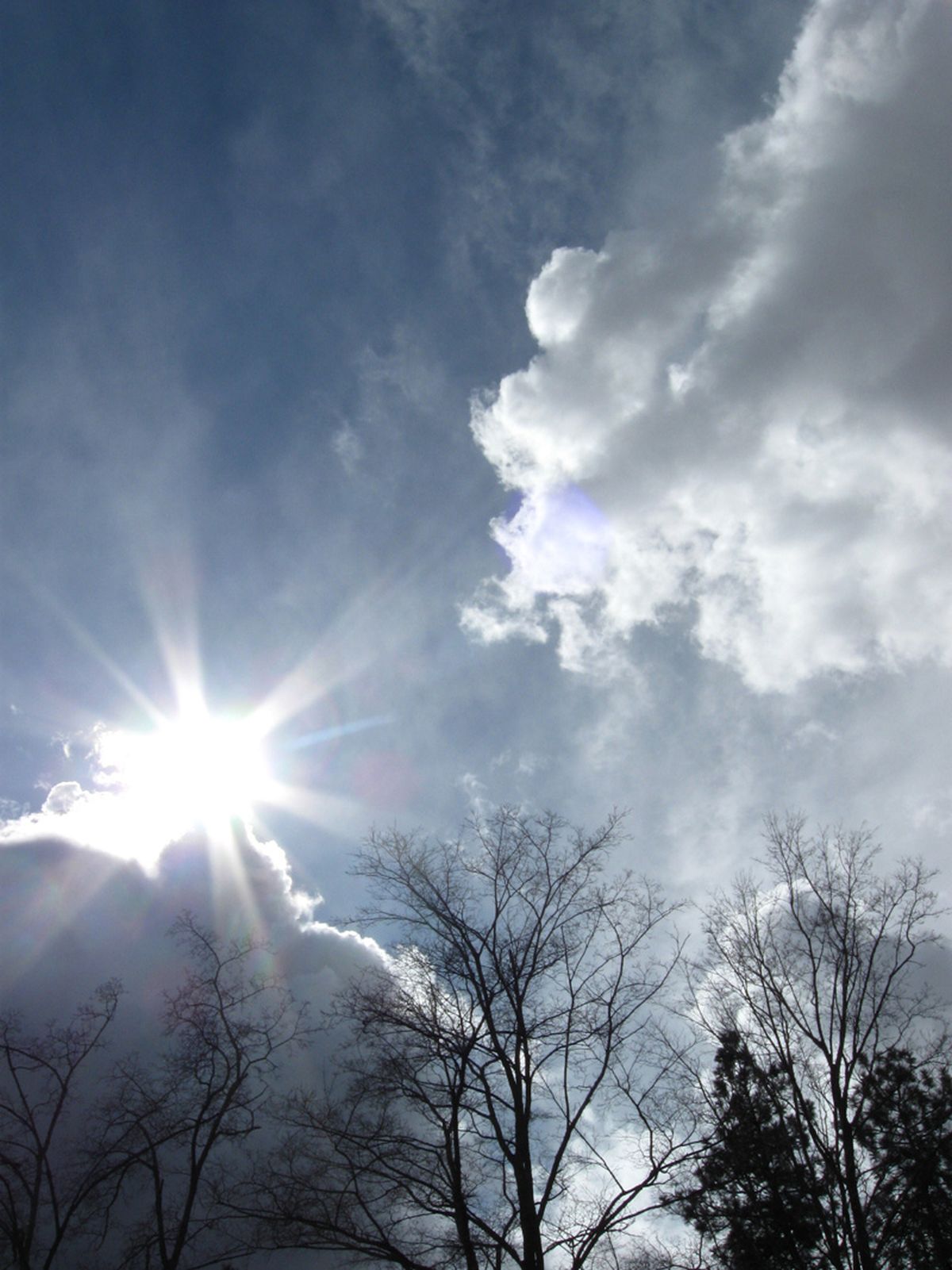First Friday puts photography in play
Two poverty-themed exhibits highlight tour

Exposure. The juxtaposition of two of Webster’s definitions of the word – “presenting a film or the like to actinic (ultraviolet and violet) rays of light,” and “a putting out without shelter or protection” – vividly defines the concept of two innovative photography exhibits opening with First Friday receptions.
“Beneath the Surface,” a photography and art installation at Clearstory Gallery by Spokane artist Jim Van Gundy, re-creates a Mexican barrio near Tijuana that he visited during a Christian mission.
The towering installation, with a 26-foot power pole and web of power lines, transforms the interior of Life Center Foursquare Church near Spokane Falls Community College.
“Joy in Emptiness: Thoughts on Healing” is the result of a Holy Family Hospital grant which enabled homeless and low-income women to complete a nine-week course in digital photography and Photoshop at the Women’s Hearth, a drop-in day center for women.
The ability to showcase the similarities between people in poverty and in crises with those who are not is the wisdom that arises from the juxtaposition of the two shows. Indigence is situational, and as we know in these days of deep recession, it can happen to anybody.
Clearstory Gallery
“By bringing the poverty of a barrio into the gallery, the difference between ‘us’ and ‘them’ slides sideways, the barriers between us disappear,” Susan Crowder, curator for Clearstory Gallery, said of Van Gundy’s installation.
In his artist statement, he says the work reflects the spirit he captured during repeat visits to a colonia known as Cumbres in the barrios outside Tijuana, where the mission team “built houses, visited orphanages, played soccer, washed children’s hair and sang songs …”
Van Gundy said they often visited “The Dump,” a village of makeshift shelters beneath piles of trash, built within a 20-some-acre, filth-ridden, foodless and waterless dumping ground.
The web of dripping power wires suspended throughout the colonia reflected the enduring and resourceful people of Cumbres. Van Gundy explained that they had to steal power from major lines, dangerously cutting and taping their way to electrical energy.
Van Gundy originally signed up for the trip solely as the photographer for the mission.
After he returned, when he was selecting the photographs for the installation, he had a realization, Van Gundy said.
“When you look in their eyes, they just draw you in,” he said. “People just like we are – they draw you in. It could have been me.”
The Women’s Hearth
The four women who discussed their work last week at the Women’s Hearth – two of them among the 17 who completed photography coursework, and two who create pieces they’ve worked on in the center’s arts and crafts classes – were placed in low-income brackets due to accidents, brain injuries, blindness and deaths in the family.
Educated, middle-aged former professionals, they were anything but concealing, exposing themselves and their histories as they shared their photographic journeys.
Judy Caietti, who has worked as a certified nurse assistant, in-home care provider and bank teller, is struggling successfully with rehabilitation from a brain injury.
Her works in the show are “Public Transportation,” a frontal shot of the Spokane Transit Authority Plaza, and “President Barack Obama!,” a still-life altar that she composed on her bedside tabletop.
Sharon Brinkman said she has been “homeless, low-income, or working for different reasons” on and off for her 50-some years. Her selected photographs are titled “Childhood Memories” and “Days Gone By.”
Cheery Arguero is both a user of Women’s Hearth services, taking the crochet and knitting classes, and a community volunteer who teaches painting. Works by her students are hung over the piano and grouped on a kitchen wall.
Joy Mundt, a former art gallery owner who is legally blind, crafts papier mache masks, beadwork and paintings, with an affinity for wolves. Her wolf mask is of definite gallery quality.
In addition to the photographs, the Women’s Hearth is also exhibiting arts and crafts made by scores of women who have attended classes at the center. Some of them live in subsidized apartments, some with family members or friends; many are in crisis and are homeless, camping under Spokane bridges and in parks.
Ink to Media in Spokane Valley donated most of the costs of the archival printing of the 34 photographs on 16- by 24-inch canvases.
“This year, they’ve gone out and outdone themselves,” said Ink to Media partner Kurt Schmierer.
The work includes scenes of “the Spokane River, dolls, family members, artistically done landscapes and scenery,” Schmierer said, as well as a number of clever pet shots.
The photography course was taught by Dorothy Detlor and Bob Rice. Detlor received the Governor’s Outstanding Volunteer Award for her work on the project.
The Women’s Hearth received the city of Spokane’s “Bold Strokes Award” in 2008 for its work in the arts.